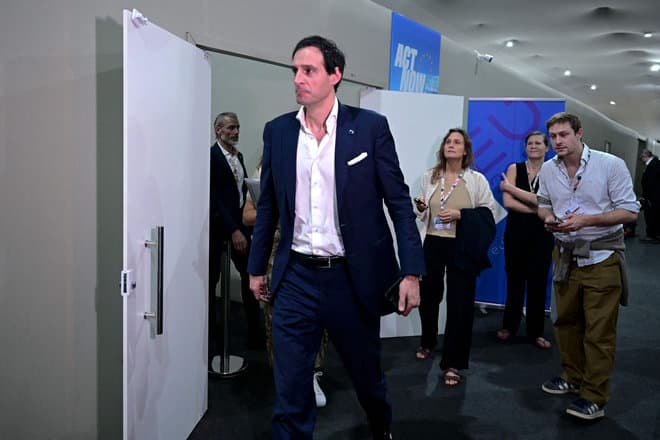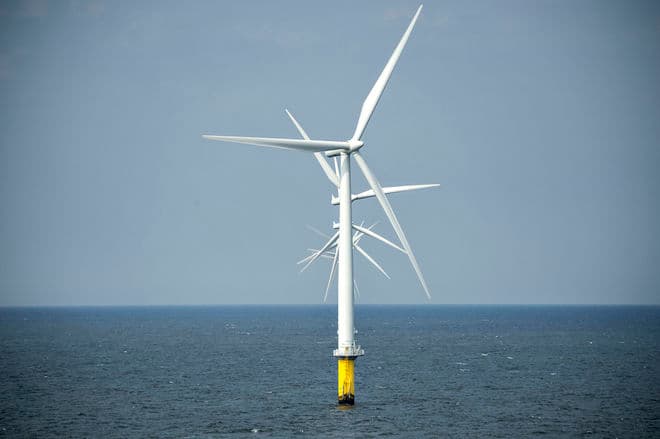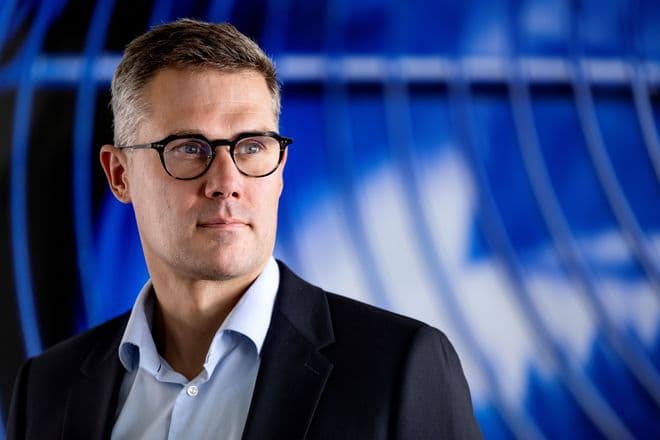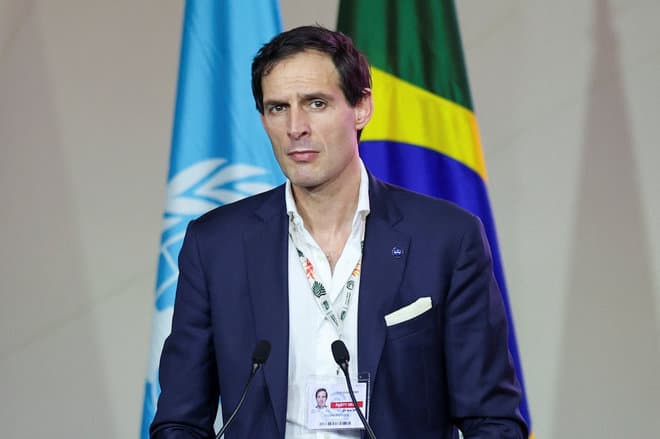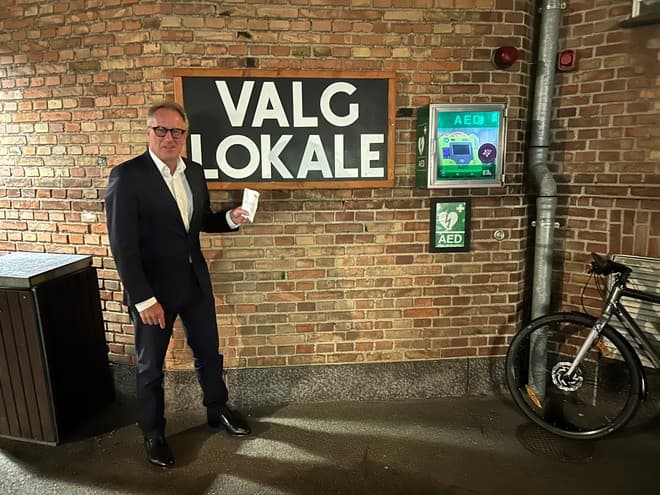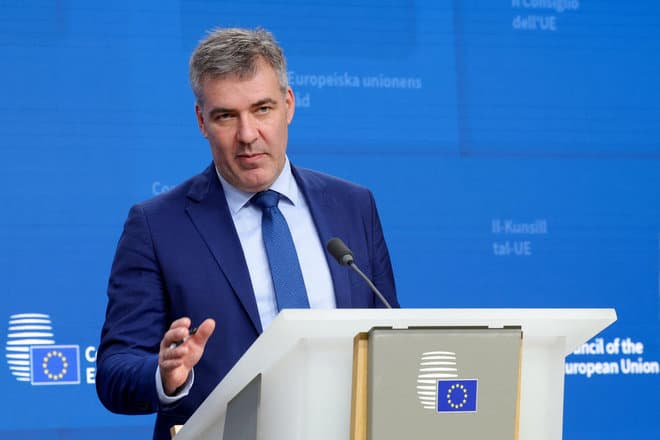The price of district heating varies by many thousands of kroner, but this must end now, according to a majority in the Folketing.
In 2023, consumers' annual heating prices varied from approximately DKK 8,000 to up to DKK 39,000. The parties have therefore agreed to introduce a price cap on district heating, based on the costs of a heat pump, according to a press release.
- If the rollout of district heating is to succeed, district heating must not become much more expensive than other green heating solutions, and there must be confidence that the local district heating company is managed and managed in the best way, says Minister of Utilities Lars Aagaard (M) in the release.
Going forward, the Danish Utilities Authority will annually publish a list of the companies that are above the cap, so that consumers have the opportunity to do a price check on their heating price.
If it is not possible to reduce the price so that it averages three years is below the price ceiling, any consumer bonds will no longer apply. This means that the consumer can choose another heating solution.
A future arm's length principle
- We are well on our way to saying goodbye to black gas in favor of green heat in Danish homes. That is why we are now strengthening transparency, management rules and supervision in the district heating sector, says Minister of Utilities Lars Aagaard.
"Today there is no requirement for a so-called arm's length between the municipal administration and district heating companies. In order to ensure a clear separation of authority and operation in municipal district heating companies in the future, these must be incorporated within two years, and the companies' boards of directors must in the future have two independent members," the press release states.
The district heating companies will be allowed to write off investments in new pipes over a longer period, which better reflects the pipes' lifespan. Depreciation can in future be written off over 45 years instead of the current 30 years. This can help support the roll-out of district heating in new areas.
In addition, the parties to the agreement agree that municipalities should be able to establish district heating networks, but that this should be done separately from district heating companies and on market terms to prevent district heating network projects from becoming a financial risk for existing district heating customers.
The agreement follows up on the agreement on green electricity and heat from 2022 and the National Audit Office's criticism of the Danish Utilities Supervisory Authority's supervision in the heating area.
While Lars Aagaard sees the agreement as necessary for the green transition, the industry itself believes that it can slow down the rollout of district heating.
- It will, because it creates huge economic uncertainty, says CEO of Dansk Fjernvarme Kim Mortensen.
District heating often replaces gas boilers in homes, and Kim Mortensen therefore fears that it will create a green roadblock.
- If a project gets prices that are close to the price ceiling, the recommendation would be to not continue the rollout of district heating where there is a risk of conflict with the price ceiling.
/ritzau/mar
Text, graphics, images, sound, and other content on this website are protected under copyright law. DK Medier reserves all rights to the content, including the right to exploit the content for the purpose of text and data mining, cf. Section 11b of the Copyright Act and Article 4 of the DSM Directive.
Customers with IP agreements/major customer agreements may only share Danish Offshore Industry articles internally for the purpose of handling specific cases. Sharing in connection with specific cases refers to journaling, archiving, or similar uses.
Customers with a personal subscription/login may not share Danish Offshore Industry articles with individuals who do not themselves have a personal subscription to Danish Offshore Industry.
Any deviation from the above requires written consent from DK Medier.

